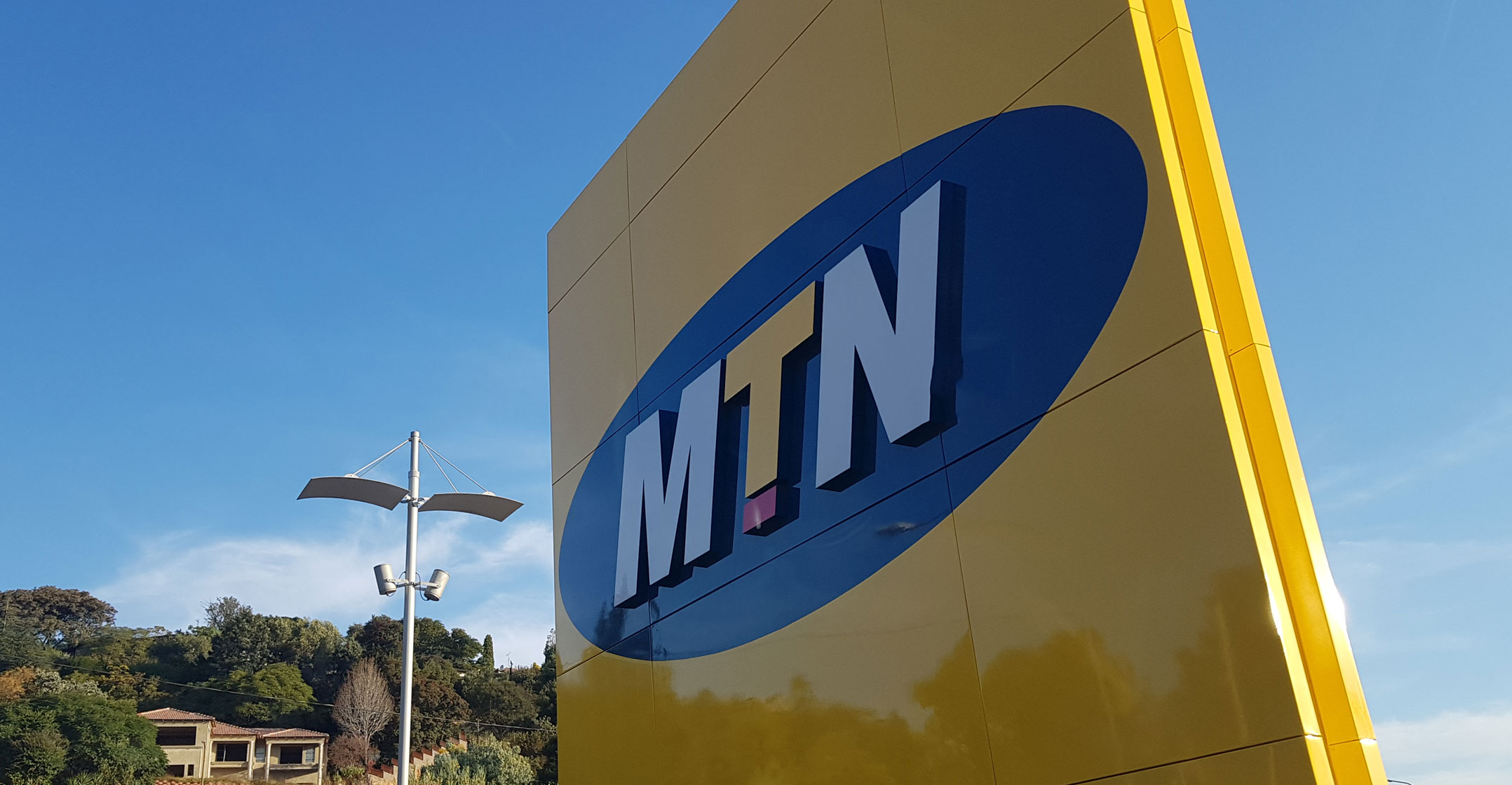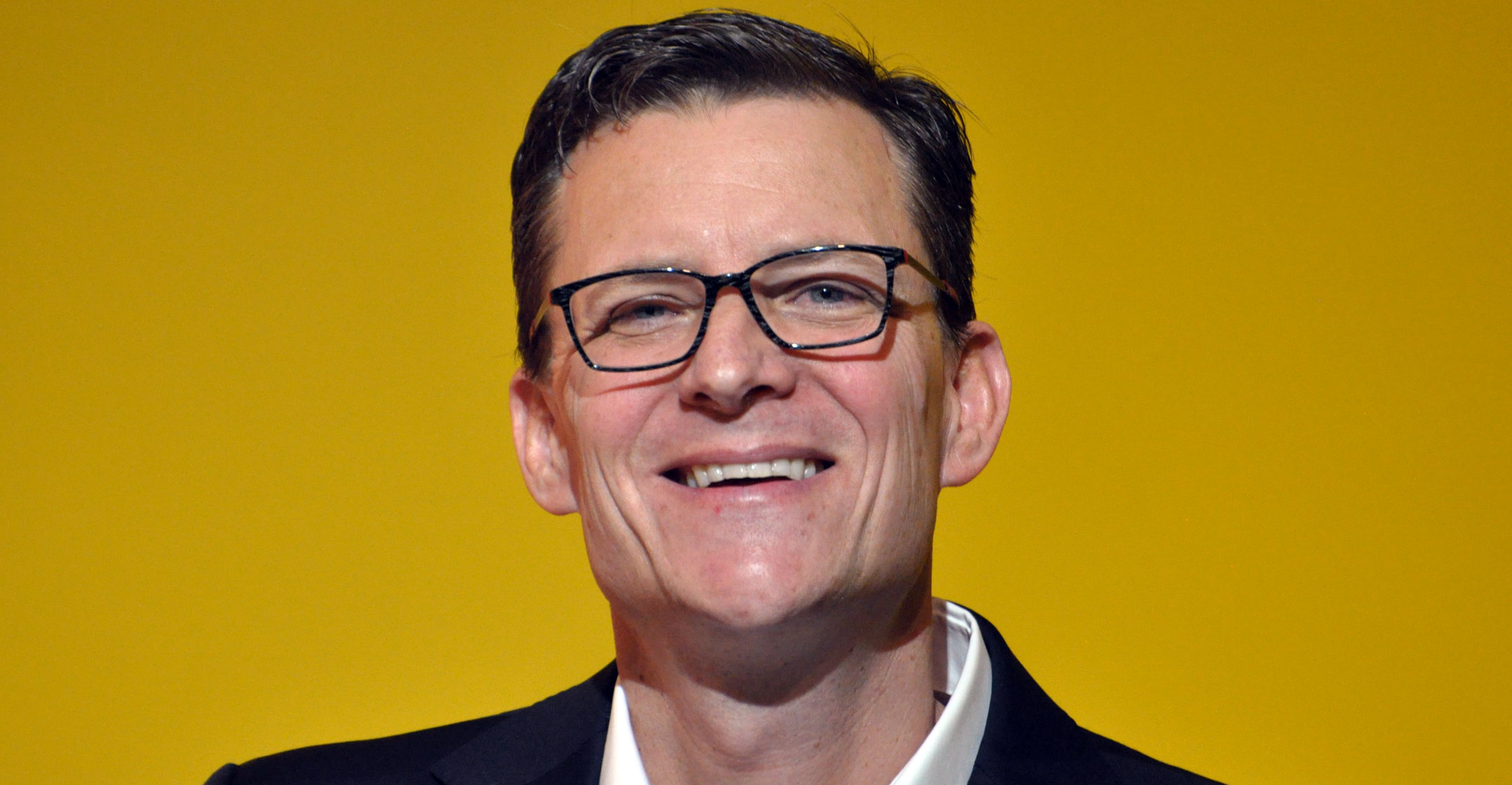
When the continent’s largest mobile operator by subscribers, MTN, appointed Rob Shuter as group CEO, Stephen van Coller as one of its vice presidents and Ralph Mupita as chief financial officer in 2016, the strategy was plain to see. It was hinging its future on financial services.
Shuter has run a mobile operator before (Vodafone Netherlands, following a short stint as CFO at Vodacom), but was an executive at Nedbank for a decade. Prior to joining MTN, Van Coller headed Barclays Africa/Absa Group’s corporate and investment bank. Van Coller originally joined to lead strategy, mergers and acquisitions. Within six months, his role was changed to head digital services, data analytics and business development.
At the time of his appointment, MTN stated plainly that “his substantial commercial experience will assist in the formulation of a revised strategy for MTN, particularly in the area of convergence between mobile telephony and financial services”. CFO Mupita was CEO of Old Mutual’s Emerging Markets unit, active in Africa, Asia and Latin America.
One of the six pillars of its reformulated strategy is growth through data and digital and — in 2017 — it stepped on the accelerator on both fronts.
Of its 217m subscribers as at end-2017, 69.1m are active data users. Mobile Money (MoMo), now active in 14 of its 22 markets, had 21.8m active customers, year-on-year growth of 35%.
Mobile money services typically offered by mobile operators include person-to-person transfers, disbursements, bill payments, merchant payments, airtime top-ups, getting cash into the system, as well as getting cash out.
Paul Theron, CEO of Vestact, says Mobile Money is a “vitally important opportunity for MTN, especially in markets where most of their customers are unbanked, and where MTN has a dominant market share (like Nigeria, Ghana and Uganda)”. He argues that they should have “many more” MoMo customers than 22m across the group already.
Vodacom leads the way on the continent, with CEO Shameel Joosub describing the group as the “biggest bank in Africa” in November. This is the title that MTN is after (French rival Orange is a distant third, with 12m active customers).
Vodacom has moved about US$100bn through M-Pesa (via associate Safaricom in Kenya as well as its other international operations) in the last year.
M-Pesa success
As at end-September, it had 33.3m active M-Pesa customers, of which nearly two out of every three were in Kenya. More than R82bn is transacted monthly via M-Pesa on Safaricom’s network, while R24bn is transacted monthly in Vodacom’s other international operations.
Given its unprecedented and as yet not replicated success, M-Pesa accounts for over a quarter of Safaricom’s service revenue. In the 2018 financial year, this will be in the region of R6.5bn (of a R24bn total). In Vodacom’s other international operations (particularly Tanzanzia), M-Pesa already contributes 13.6% of service revenue.
Vodacom group CFO Till Streichert, made the rather obvious point on the third quarter earnings call that “M-Pesa is clearly an accretive service from a margin point of view”.
This provides some idea of the scale of the revenue opportunity.

Mobile industry trade body the GSMA highlights this point in its 2017 State of the Industry Report on Mobile Money. “Just a few years ago, mobile money was valued by many mobile network operators for its indirect benefits, such as less churn and greater brand loyalty. Today, it is widely viewed as a source of direct revenue.”
MTN is catching up to Vodacom, and fast. Eight out of every 10 of its mobile financial services subscribers come from five markets: Ghana, Uganda, Côte d’Ivoire, Nigeria and Cameroon. These are five of its seven largest operations. This diversity is good, as MTN is not relying on only one or two markets as in the case of Vodacom. Shuter said recently that because of high financial services penetration rates, the MoMo model was not suited to either South Africa or Iran (the remaining two of its seven largest operations).
In 2017, MoMo made up 13.6% of the Ghana operation’s revenue, with 7.1m active customers. That’s very comparable with Vodacom’s efforts in Tanzania (6.2m active M-Pesa customers).
Shuter told Bloomberg in November that the operator was adding “about 500 000 active banking clients a month”. This peaked in December, when it added 900 000 active subscribers across the group and processed transactions totalling $5.3bn (then about R70bn).
Theron adds that its distribution makes this all possible. “MTN has built sophisticated networks for selling airtime and handling cash, right down to the neighbourhood yellow umbrella, so it’s a no-brainer! The functionality to handle micro-finance (deposits and payments) is already fully operational on their core Ericsson billing system.”
The MoMo engine processed an average of 4 600 transactions per minute through last year, has 325 000 active agents in place and delivered average revenue per user (Arpu) of $1.10.
This uplift provided by MoMo-driven revenue is obvious in the Arpu reported across many of its core markets through last year. In Ghana, for example, Arpu increased from GH¢13.66 in Q4 2016 to GH¢18.15 in the same quarter last year.
MTN’s strategy to drive additional services revenue extends beyond just banking, however. There are efforts underway in e-commerce as well as entertainment services. It has 9.3m active gaming subscribers in 10 markets and 1.8m music subscribers.
Spotify rival
Shuter told Bloomberg in November that “in the right markets, there is no reason why an MTN version of Spotify, where we collect the money from the prepaid wallet or mobile-money account and we arrange the local content, can’t be successful.”
Its stated focus for this year is to “rapidly scale Mobile Money and rich media subscriptions”. Getting there is going to rely on MTN continuing to drive mobile data adoption and usage.
In its 2017 integrated report, MTN said: “The big aspects of growth in our industry are data and digital. Data is about selling megabytes: we want to bring another 130m customers into the data world and reach 200m data customers in the next few years.”

“Our dual-data strategy is very important here: delivering high-capacity 4G in cities and broad 3G coverage in rural areas. A big piece of digital is MTN Mobile Money because consumers really need an easy, affordable, transactional financial services product that has not been provided by the mainstream commercial banks. Who else will lead that if not MTN?”
Having 200m data subscribers is a stated aspiration for 2022. Along with this, it is targeting 100m digital subscription customers in less than five years’ time, including 60m for Mobile Money.
The ever-shifting regulatory environment may temper financial services growth in some markets, and Theron says that MTN “does need regulatory approval to operate effectively, without workarounds and odd partnerships with local banks. MTN doesn’t need (or probably want) full banking licences in each market.” Growth in Nigeria, for example, remains hampered by the requirement that MoMo users have actual bank accounts. Cracking Nigeria could change the game completely.
Look out, Vodacom. “Under new CEO Rob Shuter the business is in much better shape,” says Theron. “It’s a good time to buy MTN shares.”
- This article was originally published in The Moneyweb Investor and is used here with permission




